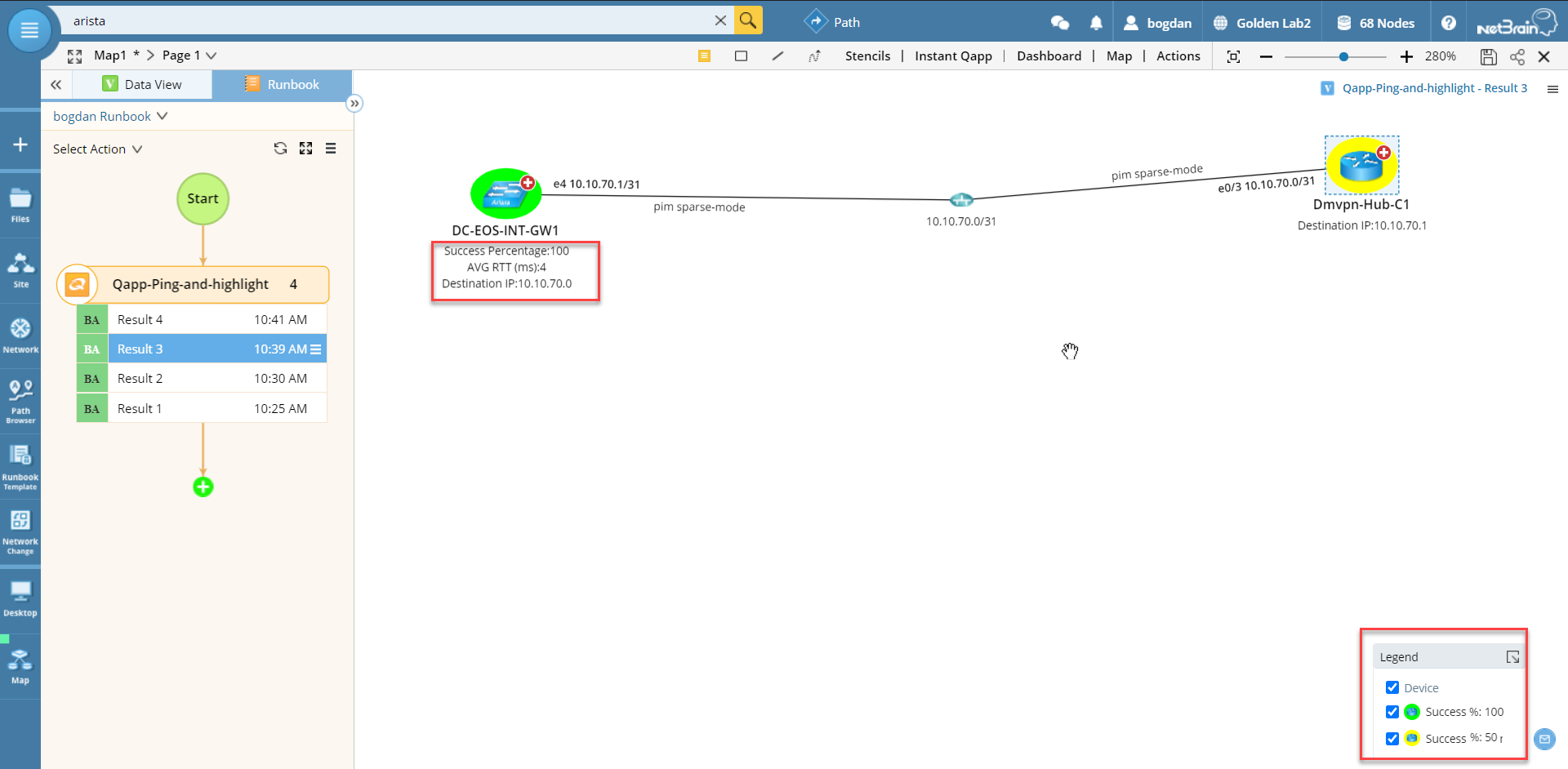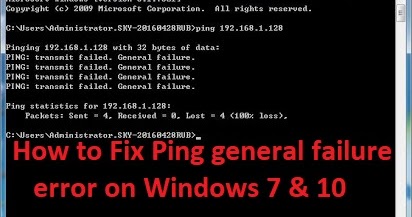
Means that ANY Source is permitted to connect to ANY Destination (if not previously denied) using the IP protocol. Means that ANY source is denied to connect to 10.17.0.0/16 (so any host addressed within the range 10.17.0.1 - 10.17.255.254). If you fail to connect to the network, check the following, and then retry. Means that ANY source is permitted to connect to 10.17.8.0/24 using the IP protocol. You have to consider that an ACL assumes a particular meaning according to where it is applied (I mean: from the point of view of the VLAN interface to which it is applied, for the incoming traffic seen precisely from that interface).so, as example, the first ACE (permit) rule: permit ip 0.0.0.0 255.255.255.255 10.17.8.0 0.0.0.255
#Ping 0.0.0.0 transmit failure code#
Hi! For the sake of uld you post between (thus using the Insert/Edit code sample button above).the outputs of these two commands below: If anyone could shed some light on the above that would be greatly appreciated. The 10.1.0.1 router also have other Vlans in it with their devices all set at the default gateway on that switch.

All other switches and endpoints on Vlan 1 have 10.1.0.1 as their default gateway. It may have something to do with the subnet mask 0.0.0.255 below. 10.1.0.1 has ip routing enabled (to get traffic to other sites) and has a default route of 0.0.0.0/0 10.1.0.254. If we then connect a laptop to the Edge switch it obtains an IP Address and we can ping remote resources but after 3-5 seconds we get: However if we remove ip access-group "Deny Crosstalk" in from VLAN 60 we can ping the Core switch 10.17.18.1 interface On the Edge switch we can ping 'downlinked' Edge switches but not the Core switch 10.17.18.1 interface We have recently increased the subnet range: For printers connected wirelessly, make sure that the wireless router/ switch/ access point is powered ON and the wireless printer is configured to connect to the wireless network.We have a Core Layer 3 'hub' switch (to 'spoke' Edge switches) with several /24 VLANs, a ADDC / DHCP Server 10.17.8.3.For printers connected via Ethernet cable, reattach the cable to the printer.This is applicable for both a wired and wireless connection

For a static IP connection, the printer will recall the last IP address that was set and restore it once the connection is established.

As soon as the network connection is re-established the printer will automatically acquire an IP address. To acquire the printer's IP address, reconnect the printer to the network. This also occurs even if the device has a static IP already saved in the device.

When a user disconnects a Lexmark device running firmware version or later from the network, the IP address will automatically be set to 0.0.0.0. IP address automatically setting itself to 0.0.0.0 when disconnected from the network Issue description


 0 kommentar(er)
0 kommentar(er)
